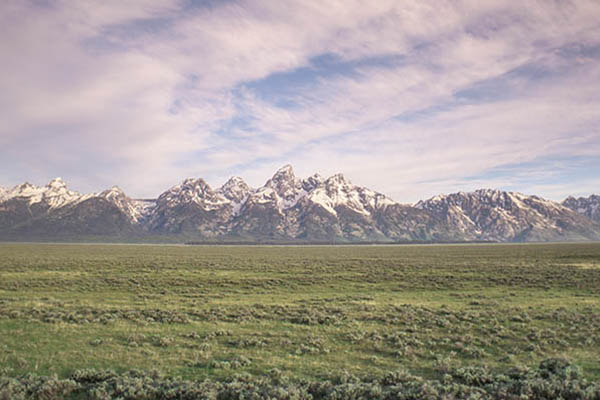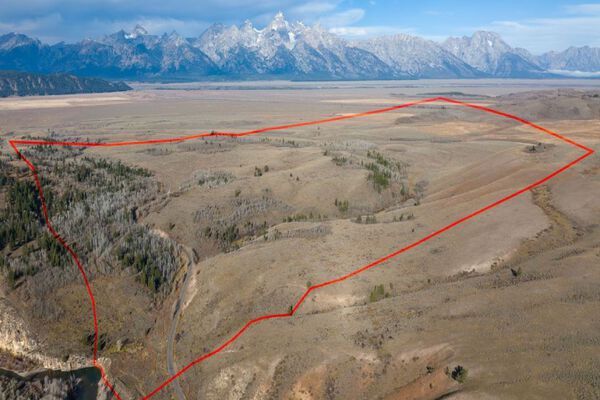
As we enter spring, please keep in mind that this is a challenging time of year for wildlife as winter fat reserves have been depleted and new season plant growth is not yet available or in its earliest stages and limited in distribution. Energy conservation is still a high priority.
- As of Tuesday, March 28, the Snake River Headwaters is recording snow water equivalents at 115% of median, compared to 74% in 2022, 90% in 2021, 116% in 2018, and 146% in 2017 for the same day. There are fourteen days until median peak date (April 11), and we are currently at 108% of the thirty-year median peak.
- The first grizzly bear in Grand Teton/John D. Rockefeller, Jr. Memorial Parkway was observed on March 22. Adult male bears are the first out of their dens, with more than half out and about by the end of March. Bears with new cubs are usually the last ones to emerge from their dens in late April/early May.
- With the snowpack starting to recede on the valley floor and rivers opening up, some bald eagles are already sitting on their nests. Many other wildlife species including ravens, river otters, golden eagles, great-horned owls, and Canada geese have also begun courtship and breeding activities.
- The first migrating birds of the season are beginning to arrive including western bluebirds, red wing blackbirds, red-tailed hawks, northern flickers, and robins. The first sandhill cranes, osprey, and others are not far behind.
- In the coming weeks, snowshoe hares and long-tailed weasels will begin to shed their white winter fur.
- Elk have wintered in typical areas this year, but elk on the refuge will start to drift north as they follow the receding snowline and grass green-up.
- Bull (male) elk grow a new set of antlers every year. They generally shed their antlers from March through April and begin growing a new set shortly thereafter. Larger bulls drop their antlers earlier than smaller bulls, especially spikes (yearling bulls) who may hang on to their antlers into May.
- Wolverines usually produce 1-2 kits, as their young are called, that are born from mid-February through March. Females dig dens in high, remote alpine basins where the snowpack persists late into the spring. There she raises the kits alone and stashes them when she goes out on forays for food. If undisturbed, the female and kits may use the natal den until May.
- Male sage grouse will begin strutting on their mating grounds called leks in late March or early April. Interested in witnessing this for yourself? Call 307-739-3399 or speak with a ranger at the Craig Thomas Discovery and Visitor Center to learn about joining a ranger-led early morning lek observation that are tentatively scheduled for this coming April 22, 23, 29, and 30.











